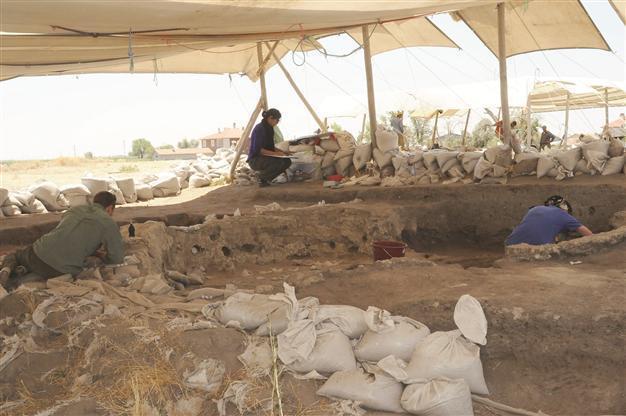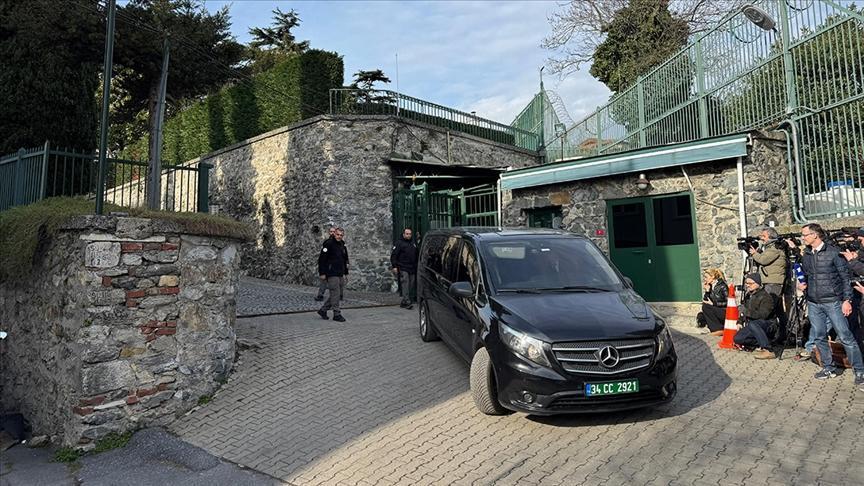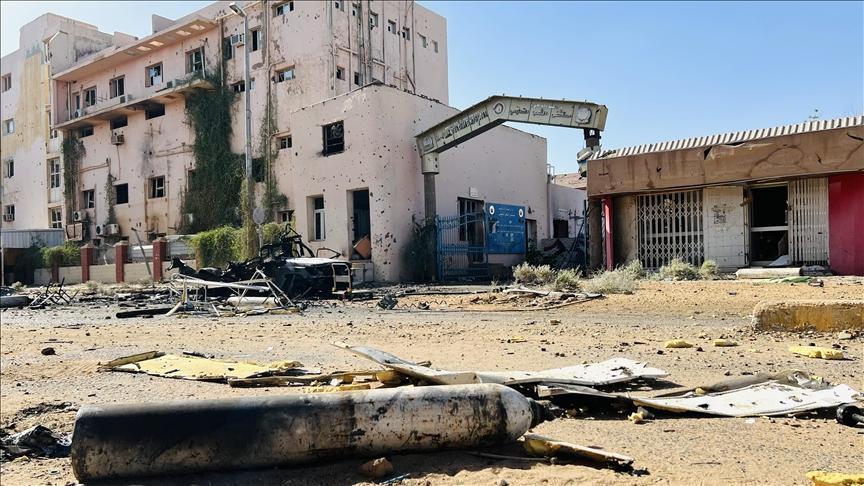Keeping up with the latest fashion trends of antiquity
KONYA - Doğan News Agency

Researchers have discovered seals with geometric motifs as well as beads that women used to appear beautiful for men. DHA photo
There might not have been many fashion magazines to peruse for all the season’s hottest tips, but new archaeological excavations in the Central Anatolian province of Konya have shown women devoted serious attention to beauty and jewelry – even several millennia ago.Researchers have discovered seals with geometric motifs that women stamped their bodies with and beads that they put on their necks and arms to appear beautiful for men in tombs at the 10,500-year-old site of Boncuklu Höyük, according to the head of the excavation and a member of Liverpool University’s Archaeology Department, Professor Douglas Baird.
Ornaments of women
“In our excavations we discovered ornaments alongside female skeletons, while we usually found arrow heads and hunting materials around male skeletons,” he said. “As a result of these findings we can conclude that 10,500 years ago women paid attention to how they look in order to impress men.”
Boncuklu Höyük is located in Hayıroğlu in the district of Karatay and was home to the ancestors of people who lived in the 9,000-year-old settlement of Çatalhöyük. Excavations at the site began in 2006, Baird said, adding that this year’s dig started on July 15 with a team of 36 people.
In light of their findings inside the excavated houses, Baird said it was possible to consider Boncuklu Höyük as the precursor to the civilization at Çatalhöyük.
“Our excavations will focus on the interior of the architectural constructions. We are planning to find tombs by descending into the bottom layers,” said Baird, noting that this year, they would carry out excavations in four different sites in the region.
Speaking about the house they excavated and the items they found inside it, Baird said: “We discovered small holes inside the house. These belong to weaving looms, which shows that people living in those times were involved in textile manufacturing. We also revealed that these people mounted the heads of animals on walls to showcase their power.”
















